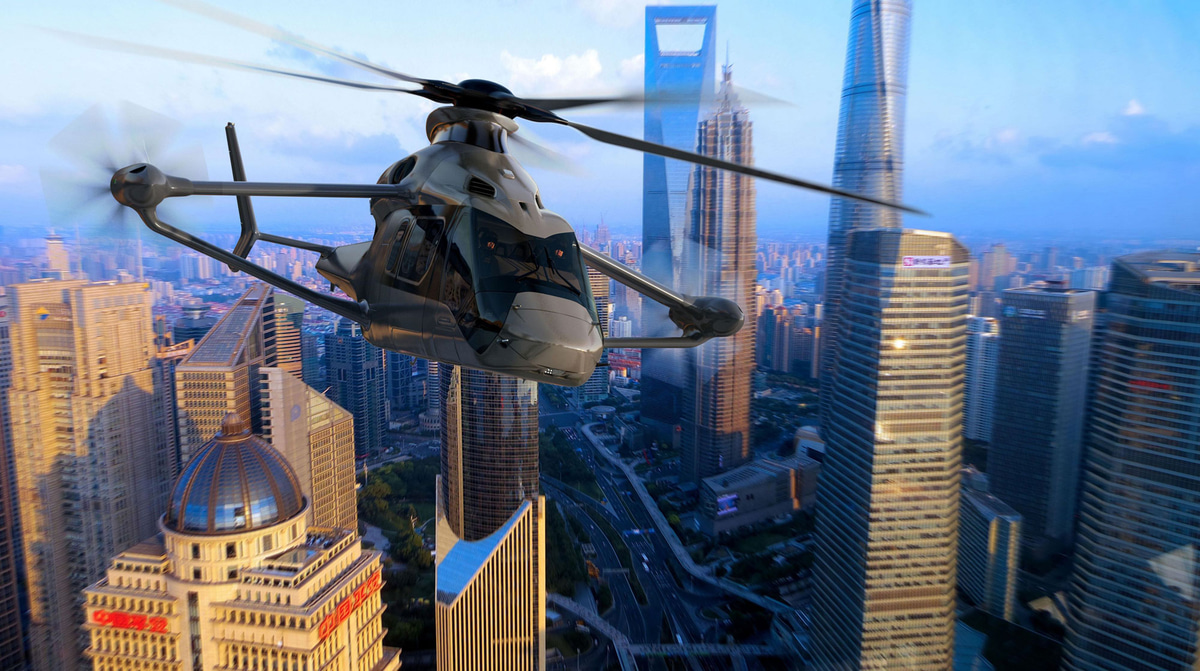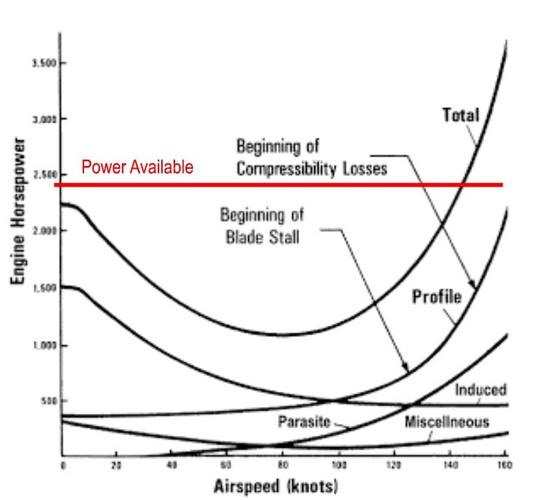- Joined
- 18 October 2006
- Messages
- 4,211
- Reaction score
- 4,920
Unless Sikorsky can make the X-2 a viable civil rotorcraft, I think the X3 technology will do very well in the United States, especially with the oil and gas and emergency service segments.
Doesn't seems so.K-RACER: An acronym for Kawasaki Researching Autonomic Compound to Exceed Rotorcraft.
Doesn't seems so.K-RACER: An acronym for Kawasaki Researching Autonomic Compound to Exceed Rotorcraft.
Notice the straight shaft.
Doesn't seems so.K-RACER: An acronym for Kawasaki Researching Autonomic Compound to Exceed Rotorcraft.
Notice the straight shaft.
Shaft straight or not. I would think Airbus has patented this kind of compound helo configuration.
Indeed! ...However, I recall to have seen an Airbus patent somewhere. But I don't remember exactly the claims.
You are right, the cabin looks rather small... Here is another Airbus slide, hinting EMS/SAR as one of the primary missions.Here’s the first detailed view of the Racer that I’ve seen... from a CleanSky event.
It shows what looks like a SAR configuration, with an internal hoist that swings out. The cabin looks rather small for that mission, more like H135 size. Certainly smaller than H145 or H160. Maybe 6 pax or 4 VIPs?
So perhaps this will be a smaller/lighter helicopter than many were thinking.
Perhaps they are going to try a medical rotorcraft first to test the market interest before going to larger aircraft. There is also the chance that the picture was of an earlier configuration that was explored (not wanting to show off certain aspects of the current air vehicle), but not considered for development.You are right, the cabin looks rather small... Here is another Airbus slide, hinting EMS/SAR as one of the primary missions.Here’s the first detailed view of the Racer that I’ve seen... from a CleanSky event.
It shows what looks like a SAR configuration, with an internal hoist that swings out. The cabin looks rather small for that mission, more like H135 size. Certainly smaller than H145 or H160. Maybe 6 pax or 4 VIPs?
So perhaps this will be a smaller/lighter helicopter than many were thinking.
Airbus Helicopters is pushing off the first flight of its compound Racer—which stands for rapid and cost-efficient rotorcraft—to 2022. A company spokesman said the delay was the result of “the slowdown of several production lines caused by the pandemic.”
When initially announced in 2017, Airbus said Racer would begin flights in 2020.



But not many helicopters might afford shutting off one engine, as not many have wings to aid with the lift when cruising at speed.
Shutting down an engine is obviously easier on Racer because the engines are oversized in order to achieve 220+ knot cruise. So flying on one engine at ~180 knots becomes an interesting option.
However I admit I’m skeptical about the claimed benefit (15% lower fuel consumption at 180kts vs. a conventional helicopter cruising at 130-140kts). It’s unclear whether this marketing claim accounts for the Racer solution’s significant weight penalty...
For the cruise phase. Sadly the numbers don’t tie for the overall savings… clear as mud:The question is - is that 15% saving total, or for the start and stop procedure?

Normal cruise will be 220kts.Moreover, cruise speed is generally defined for a turbine powered aircraft as a high fraction of the maximum speed that the craft can go
